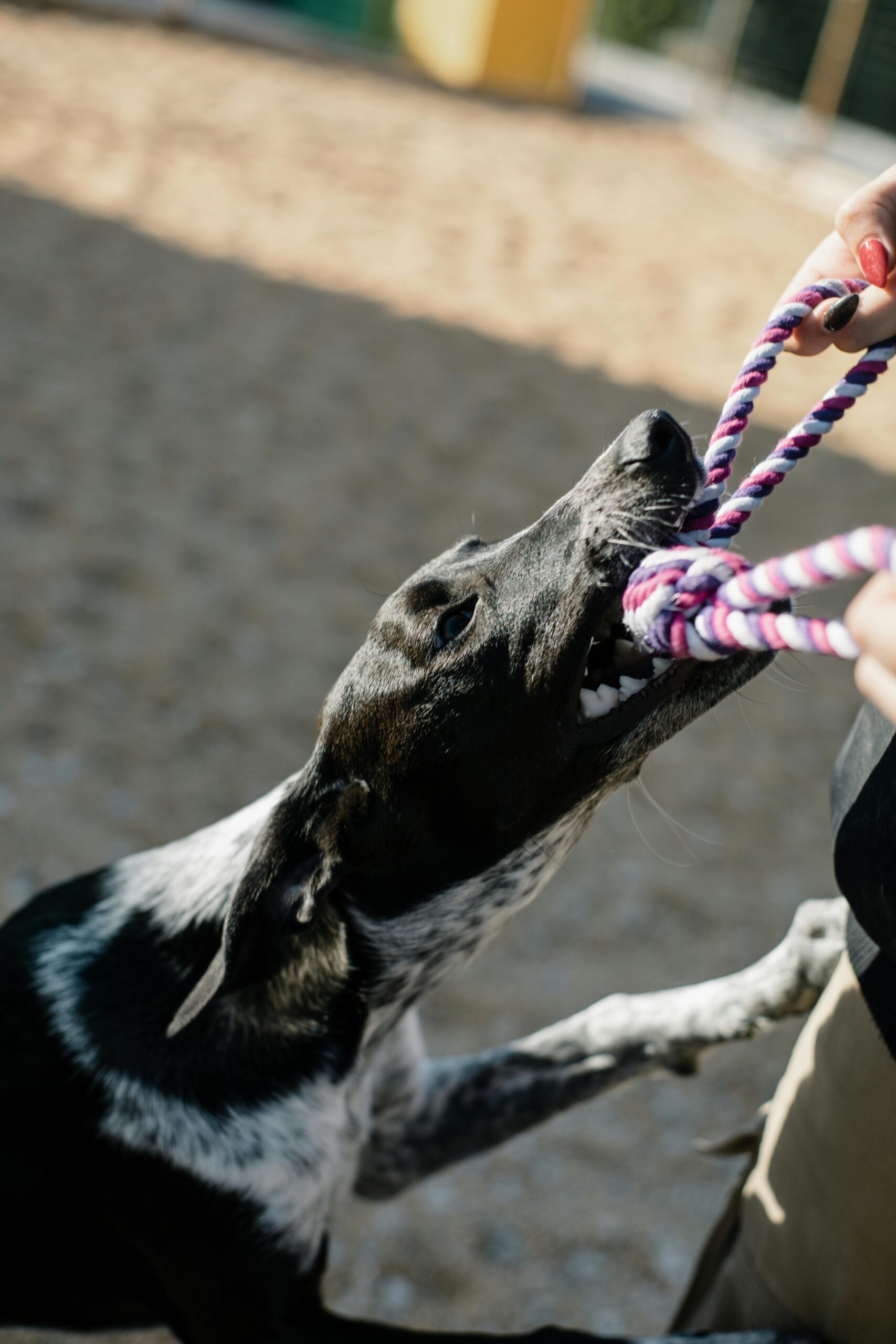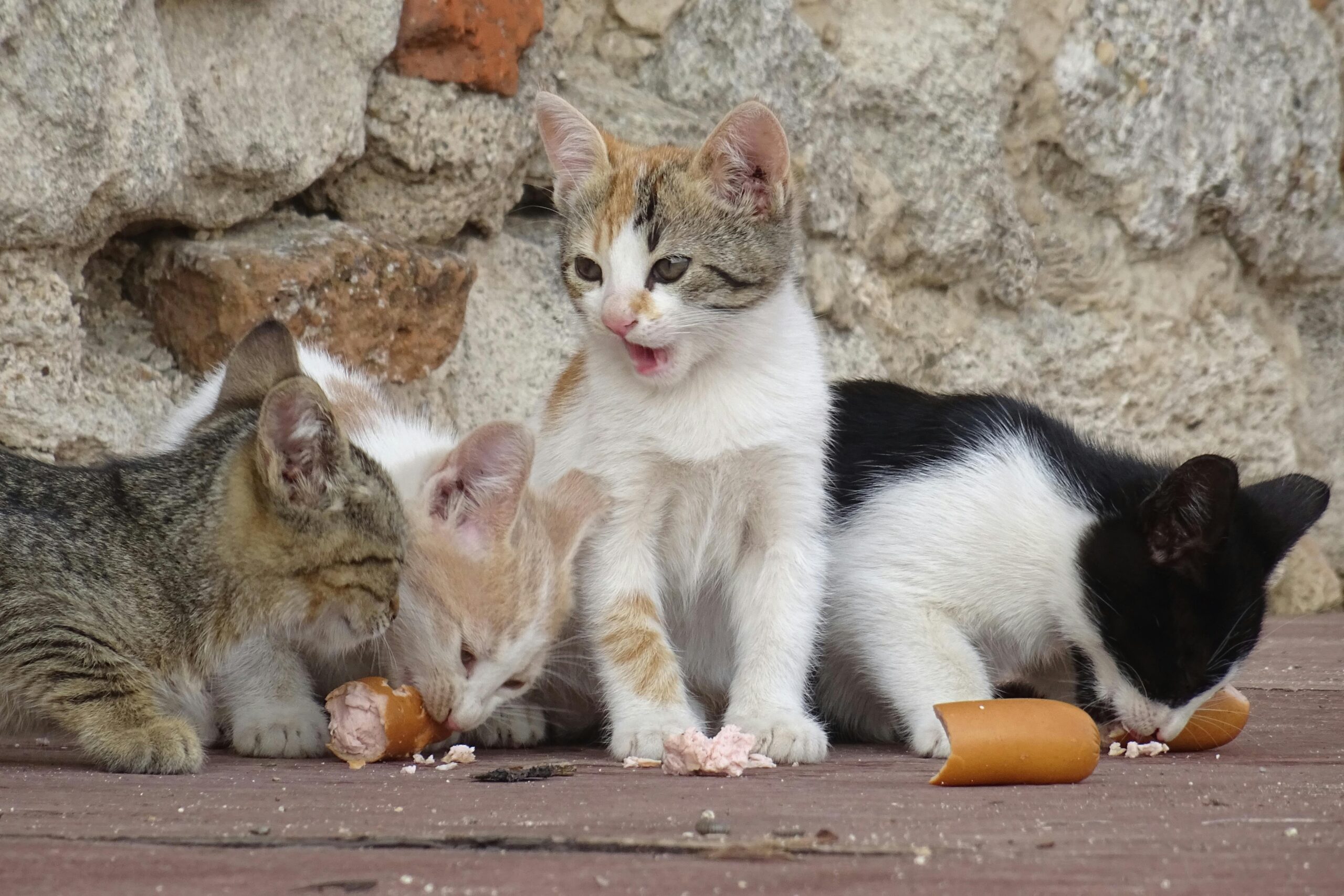The standard approach to describing this is by calling an animal pet showing crazy or hyperactive behavior to characterize behaviors that go above and beyond for its type. In many ways, these behaviors may manifest—doing things such as ongoing running, disruptive jumping, strong barking or meowing, messing with household belongings, or what looks like chaotic or inconsistent behavior. While “crazy,” as a term of common usage, connotes chaotic behavior, in the medical sense, hyperactivity in pets refers to high degrees of energy, difficulties in settling down, and an inability to relax or maintain attention. Many times, a boisterous animal demands greater attention, stimulation, or exercise than animals with normal energy levels.
1. Grasping Hyperactivity in Pets
Pets, that show increased pet showing crazy or hyperactive behavior, especially cats and dogs, can present a challenge as both a behavioral issue and a sign of additional health problems. We need to be able to tell apart normal behavior characterized by vigor, such as a dog that enjoys many rounds of fetch or a cat performing what we call ‘zoomies,’ from hyperactive behavior that could highlight an underlying serious problem.
Energy Levels in Pets
Within species, different breeds and different animals inherently show different energy levels. The Border Collie and the Australian Shepherd are breeds designed for high degrees of endurance and activity. Someone not knowledgeable about their breed may think these dogs are “crazy” because of their naturally higher energy levels. Unlike a lot of other pets, animals including the English Bulldog and the Persian cat often display more calm and less active behavior, which renders them less likely to act out with hyperactive behaviors.
That said, each animal has a minimum level of movement, and behavior that appears hyperactive to one pet could just be normal for another. To see if a pet is genuinely hyperactive, you need to consider breed dispositions as well as the unique qualities of that animal.

2. Markers of Behavioral Hyperactivity
Hyperactivity in pets often manifests through several key behaviors:
Constant Movement:
Typically, if a pet looks uncomfortable or restless even after doing play or exercise, it’s likely experiencing pet showing crazy or hyperactive behavior. behaviors include techniques like shifting back and forth, circling, or raising and lowering oneself on furniture again and again.
Difficulty Following Commands:
Failure to comply with instructions or to maintain focus in known situations might indicate hyperactive behaviors in these beings. An excited dog that doesn’t stop moving, or a cat that conspires its owner into accepting ‘no’ when it is genuinely climbing, could fit well here.
Destructive Behavior:
Dogs that are especially hyper may damage furniture, shoes, or other goods in the house by chewing. It is common for cats to scratch excessively in places where they shouldn’t. Such behavior is usually caused by an absence of mental stimulation or an incapacity to utilize physical energy.
Vocalization:
The existence of hyperactivity in a variety of animal species might emerge from a lot of barking, whining, or meowing. Dogs not attended to or exercised enough typically express this behavior by attempting to demonstrate their saved energy with their vocalizations.
Attention-Seeking Behavior:
Active pets are frequently very needy of their owners’ attention. They might leap up again and again, reach toward you, or bump you with their noses or heads for the connection they want to achieve.
3. Causes of Hyperactivity
The first step in tackling the behavior is to understand what causes hyperactivity in a pet. Several factors can contribute to this type of behavior:
1. Lack of Physical Activity
Too few physical activities is one of the top causes of a pet’s hyperactivity, especially in dogs. Many high-energy dog breeds, in particular, need a great deal of physical activity to be calm and properly socialized. A dog that does not get the right levels of exercise will likely try to find other ways to release energy, which frequently leads owners to attribute those behaviors as ‘crazy’ or destructive. Unlike dogs that ask for energetic interaction, cats are likely to carry low energy and need stimulation and play to prevent feelings of boredom.
2. Lack of Mental Stimulation
Pets have a mental health requirement just like they do for physical health. Unstimulated pets often turn restless and begin acting in hyperactive ways. Puzzle toys, physical exercises designed for training, and entertainments that are fun and promote bonding can help you energize an animal’s mind. Throughout the day, many of us find solace in scrolling our social media feeds or learning about the latest health news.
3. Overstimulation
On the flip side, experiencing a lot of stimulation without essential breaks may cause hyperactive behavior. Ongoing auditory input, new associates, or chaotic locales could make it hard for dogs to accomplish a peaceful and still state. What’s more, a feline that gets too much stimulation from relentless petting or chaotic play may all of a sudden seem ‘crazy,’ running around wildly or scratching at items in an impulsive way.
4. Anxiety or Stress
A lot of pets, most notably dogs, exhibit hyperactive responses to anxiety and stress. Often, this is simply called “nervous energy.” Animals usually show behaviors that include pacing, whining, or being overactive when faced with situations they do not like, such as thunderstorms, fireworks, or following pervasive loneliness. Throughout periods of stress, cats will often oversee more grooming than they usually do and will likewise indulge in more energetic play.
5. Medical Conditions
Some scenarios may find hyperactivity to be an indication of a medical condition. Often found in older felines, hyperthyroidism might show up as sudden energy increases and weight reduction, creating the appearance of more energetic behavior. Just like that, issues including allergies or neurological disorders can lead to discomfort which triggers a hyperactive response.
One should seek a veterinarian’s advice right away if there’s a sudden change in a pet’s behavior or if hyperactive behavior appears significantly out of the ordinary.






1 Comment
[…] Your first step should be to investigate veterinary clinics found in your vicinity. A lot of clinics may say that they provide care for a range of pets, but not every one of them employs veterinarians who have a specialization in exotic animal care. […]